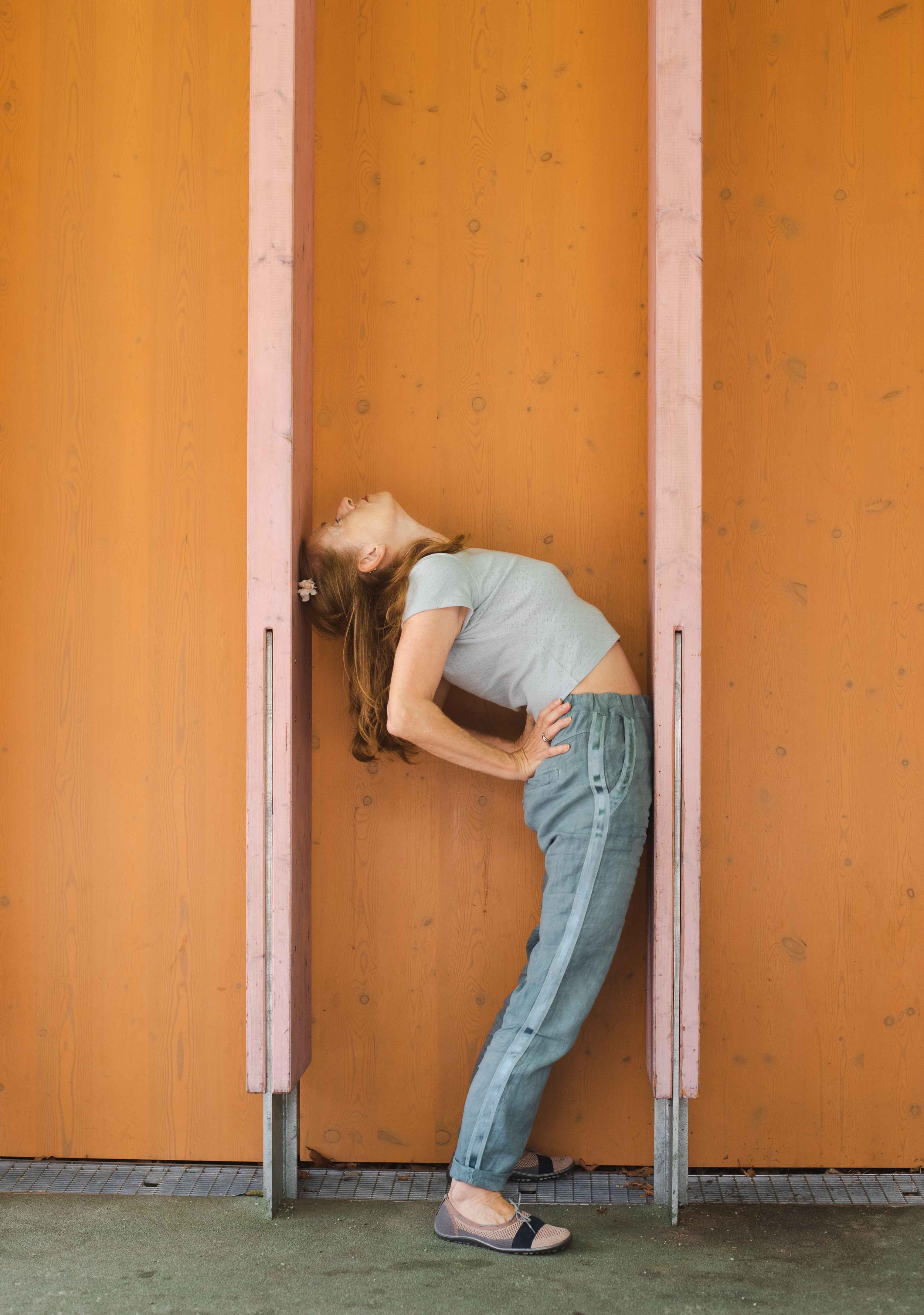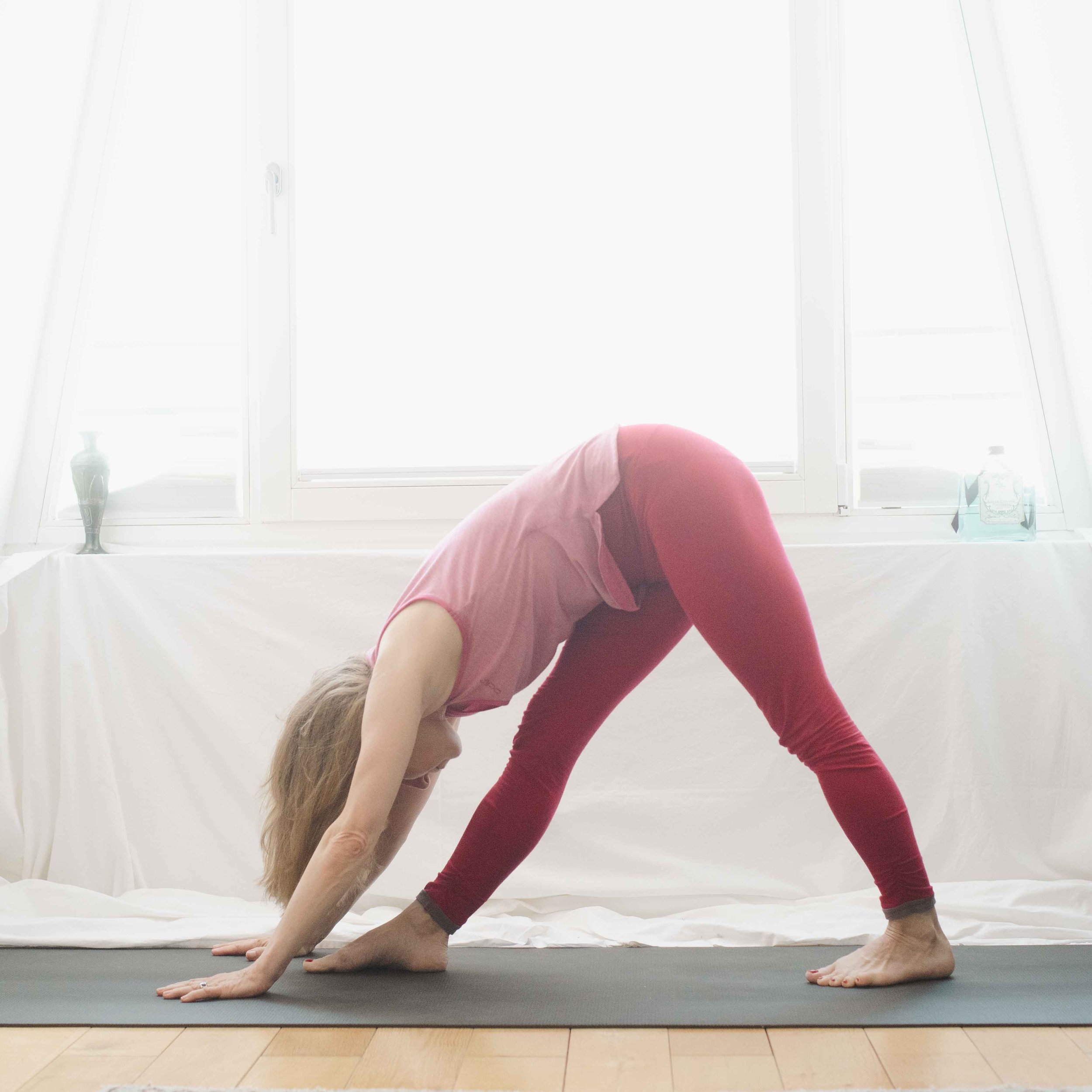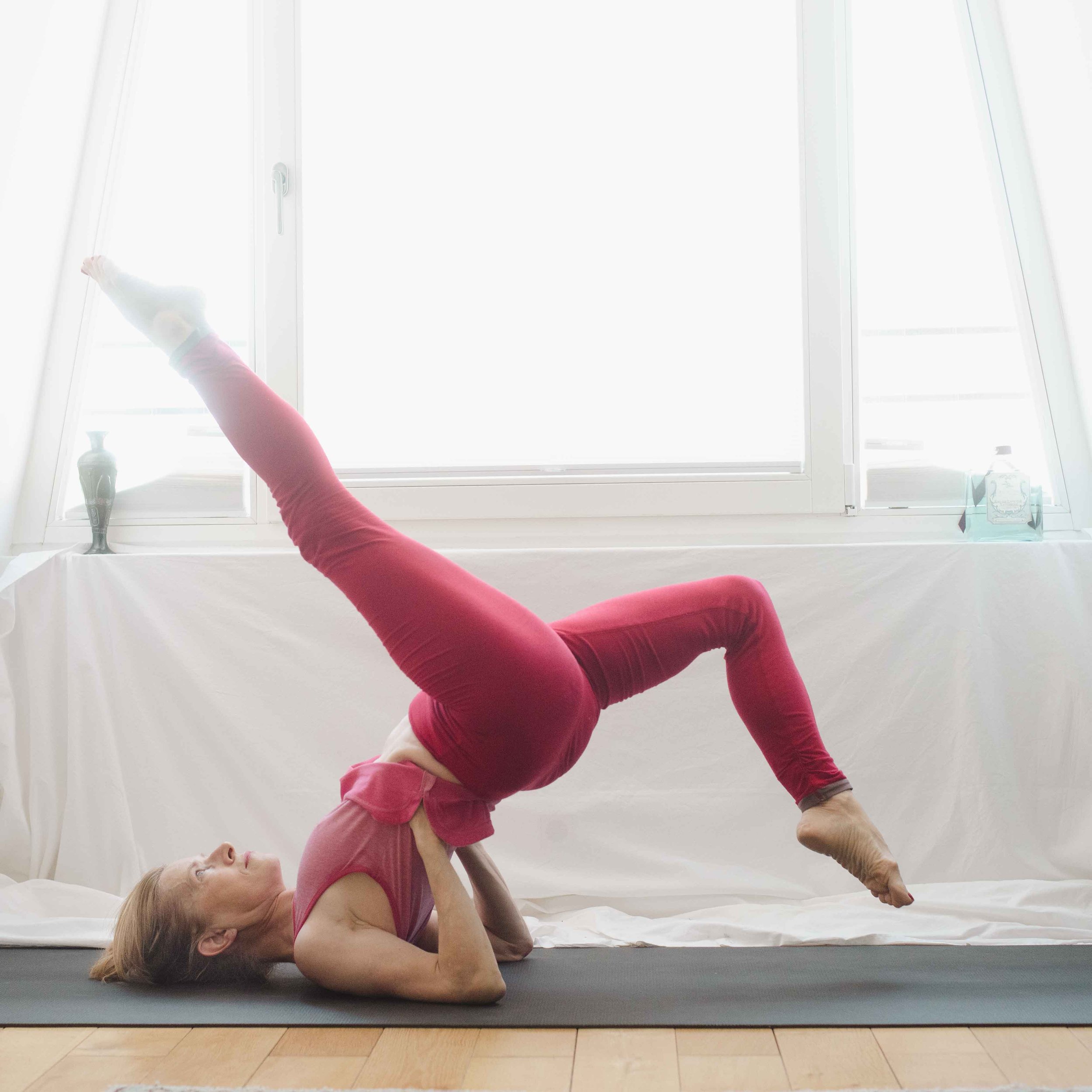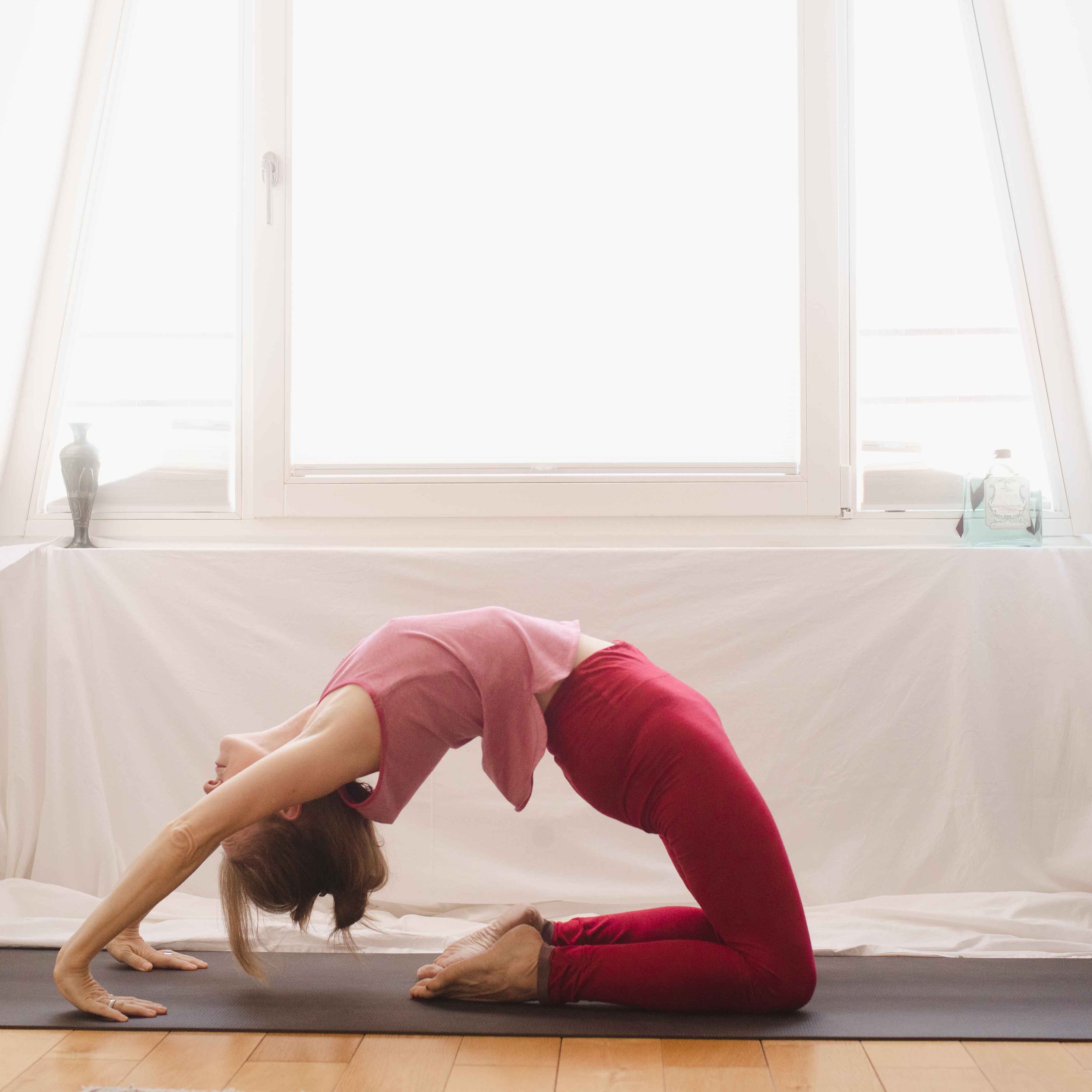To know something and to act accordingly are often 2 different things. Firstly it’s not that easy to find true knowledge. It became easier than decades ago. So many free sources are available in the time of the Internet, but one must also learn to be critical. Not everything that is sold as the latest insights is good and true.
Let’s presume It’s proven that sugar is not good for your health. It’s even worse than you thought. To know this and to say no to ice cream is another challenge. We have somehow connected summer and ice cream. We’re so brainwashed that we need a desert or even alcoholic beverages when we are out or when we celebrate something. Is it really a treat to damage the body with sugar and ethanol?
The author Gunther T. Verleger asks in his book ‘‘Lernen wird dich reich machen.’ what’s the difference between an unalphabet and someone who knows how to read, but doesn’t read? I think that the one who can read will lose this skill. It will become more and more difficult to read a book with 300 pages for instance. Yet when basic skills are available, one can built up from there. The one who cannot read at all must start from scratch. The one who learned to read can read the subway stations. This makes his life easier if he has to take the subway. There are differences in the definition: Analphabet includes people who cannot read at all and those who have basic skills.
The UNESCO found that 13 % of the world’s populations are analphabets. Much more people don’t read even though they could, I guess.
We all have knowledge and skills in different areas that we don’t apply. The consequences: The knowledge will be forgotten and obsolete. The skills will fade away. The one step to avoid this is to apply your knowledge and to keep practicing your skills.
Whenever we discover a ‘should’ in a sentence the question might be if unapplied knowledge is discovered. It can also be that it’s not reflected. Let’s take the sentence: Should I learn handstand? Why? Perhaps it’s not the right time yet. It can cause unneccessary pressure. To focus on key activities might be better than to work on 10 asanas or more.
Unapplied knowledge and all the ‘I should’ are guideposts. They show us the next steps. It can also be that we eliminate an ‘I should’. It can be that we reflect on something that we considered true, but that we question now and it turns out that it’s wrong. It can also be that a plan must be created to apply knowledge.
Unapplied knowledge on my yoga path:
I know that it is important to hold asanas longer than 5 breaths. I got into the habit to use a timer to hold urdhva dhanurasana at least 1 minute. It’s a challenge. I know how effective this tiny exercise is. It would be good for other asanas as well. To hold the many asana of an Ashtnaga yoga series so long is not possible as it would prolong the yoga practice unnecessarily. Yet to apply this kowledge for all those asanas which are difficult could be a leverage.
In August my focus will remain to ramp up the frequency of my practice. I’ll stick to it.
To move from target to target is rather to avoid a set challenge. September will come and then I’ll set another goal.
Today I practiced primary. It was one of these average practices that seem to make no difference, but they do. Not every day one can see progress. In a yoga class, like a miracle, I’d have more strength for the vinyasa than at home. Yet I could also enjoy my home practice.
A great weekend for everybody. Tomorrow is my day off from yoga.

























